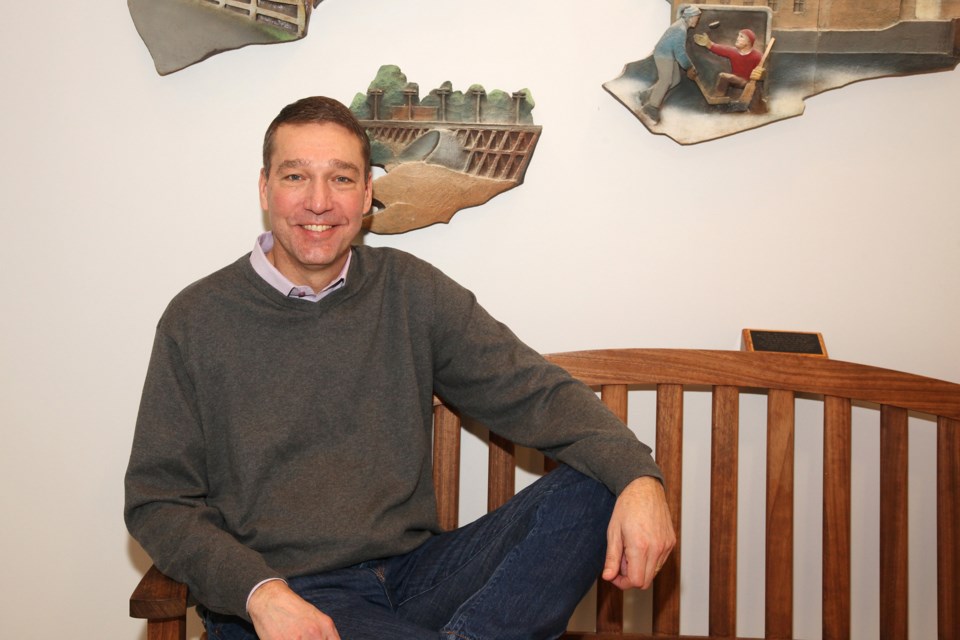In this month's column, Newmarket Mayor John Taylor highlights why he is a strong advocate for slightly increasing intensification targets — which determines how we grow in existing built-up areas in our communities — and limiting sprawl in the whitebelt. As always, he welcomes your questions and comments.
************
This past week, the Regional Municipality of York held online public feedback meetings for its official plan, which is currently being reviewed. One of the biggest debates taking place here and across the GTA is what should be the “intensification target,” or how much new housing should be delivered within the built boundary (intensification) versus how much should be in the whitebelt (sprawl).
I think it is no secret to the residents of Newmarket that I believe we have to limit sprawl and focus on intensification to be environmentally, socially and financially sustainable.
To be clear, I am not advocating for highrises and only highrises. We need to build complete communities where we can walk from our homes to trails, shopping, transit, health services and more. This includes infill townhomes, low-rise “missing middle” apartment buildings, and even single-family homes in some areas.
Sprawl is common across North America and was once — perhaps still is — the preferred form of housing, but the truth is that it is bankrupting municipalities, damaging the environment and building communities that lack services and affordability.
That is why I believe we should target 60 per cent intensification rather than the current 50 per cent target. Sixty per cent intensification is still fairly modest and allows for some subdivisions and single-family homes, but it asks us to start to shift the balance and become more creative and focus on building complete communities using existing infrastructure, close to existing services such as hospitals, community centres and transit.
No one likes to think about growth and construction, but we must embrace a more sustainable future or the next generation will pay for our mistakes.
